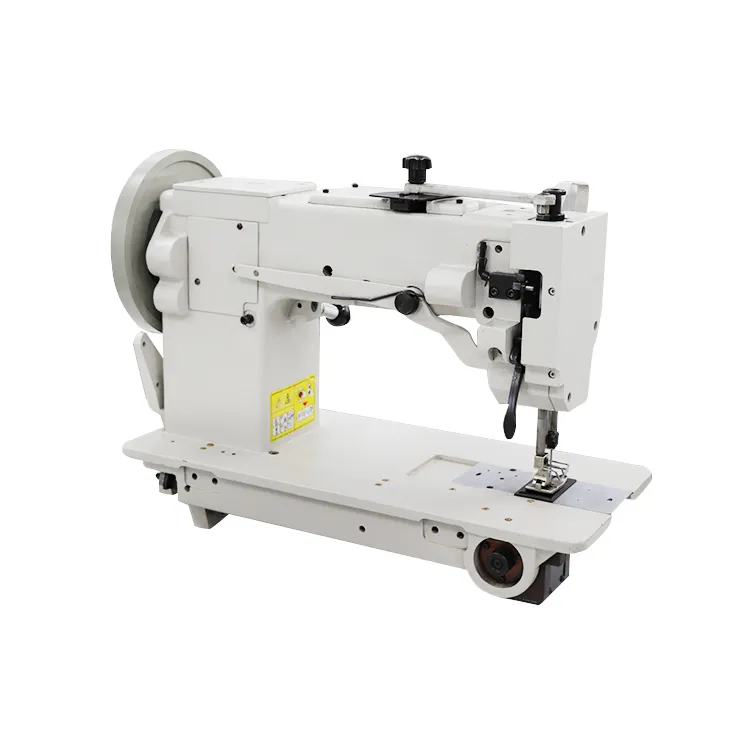Understanding the Basics of Lockstitch in Sewing Techniques for Beginners
Understanding Lockstitch The Foundation of Modern Sewing
Lockstitch is a fundamental sewing technique widely used in the textile industry, crafting a diverse array of garments and home furnishings. This method employs a system of interlocking two threads—one from the top and one from the bottom—to create a secure and durable stitch. In this article, we delve into the mechanics, advantages, applications, and nuances of lockstitch, shedding light on why it remains a staple in sewing today.
The Mechanics of Lockstitch
At its core, lockstitch involves the use of a sewing machine that utilizes a needle and bobbin. The needle, threaded with the top thread, penetrates the fabric, while the bobbin, located underneath, holds the bottom thread. As the needle goes down, it forms a loop of the top thread, which the bobbin thread then grabs. When the needle rises, the two threads interlock, creating a secure stitch. This simple process is surprisingly efficient and forms the basis for most sewing machines we encounter today.
The standard technique produces a stitch that is flat and smooth on the top and provides a neat finish on the underside. This dual-sided aspect is particularly valued in garments, creating a professional appearance in clothing and home textiles.
Advantages of Lockstitch
One of the primary advantages of lockstitch is its strength. The interlacing of threads forms a tightly bound stitch, making it resistant to unraveling and well-suited for seam construction. Hence, lockstitch is favored in high-stress areas such as the crotch of jeans or the base of a heavy jacket.
Moreover, lockstitch is versatile in its application; it can be adjusted to create various stitch lengths and widths depending on fabric type and desired outcome. This adaptability allows tailors and seamstresses to handle a plethora of fabric varieties, from delicate silks to sturdy denim.
what is a lockstitch

Another notable benefit is the availability of lockstitch sewing machines. These machines range from industrial-grade models designed for mass production to lightweight home machines that accommodate hobbyists. This widespread availability makes acquiring the necessary equipment relatively easy for aspiring sewers.
Applications of Lockstitch
The uses of lockstitch span across numerous sectors. In the fashion industry, it is the go-to method for assembling garments ranging from casual wear to haute couture. It provides not only structural integrity but also aesthetic appeal, as the stitches blend seamlessly with the fabric.
Beyond garment construction, lockstitch is utilized in home decor, such as curtains, upholstery, and quilts. Here, the durability of the lockstitch becomes crucial, particularly for items subject to regular wear and tear.
In addition, this technique extends into the realm of technical sewing for outdoor gear and accessories. Products like tents, backpacks, and even fire-resistant clothing rely on the strength of lockstitch to withstand rigorous conditions.
Conclusion
In summary, lockstitch is much more than a simple sewing technique; it is a foundational element of modern textile manufacturing. Its unique ability to create strong, durable, and visually appealing stitches has entrenched it as a preferred method across various industries. Whether you are a professional seamstress, a fashion designer, or a DIY enthusiast, understanding lockstitch can enhance your sewing skills and expand your creative possibilities. As sewing technology continues to evolve, the lockstitch remains a timeless and essential technique, ensuring that fabric and threads come together to form the beautiful and functional creations we cherish.
-
Industrial Cylinder Arm Sewing Machine: Revolutionizing Heavy-Duty SewingNewsJul.28,2025
-
Cylinder Arm Sewing Machine: Perfect for Special Sewing ApplicationsNewsJul.28,2025
-
Cylinder Bed Sewing Machine: Essential for Sewing Complex MaterialsNewsJul.28,2025
-
Heavy Duty Sewing Machine: The Essential Tool for Industrial ApplicationsNewsJul.28,2025
-
Computerized Pattern Sewing Machine: Revolutionizing Precision StitchingNewsJul.28,2025
-
Heavy Duty Industrial Sewing Machine: Power Meets PrecisionNewsJul.28,2025
-
Leather Sewing Machine: The Industrial Standard for Tough MaterialsNewsJul.18,2025





























